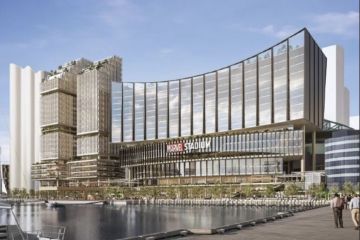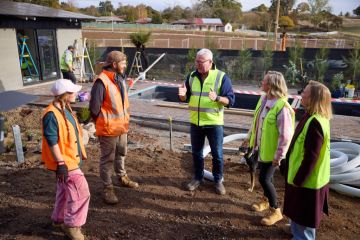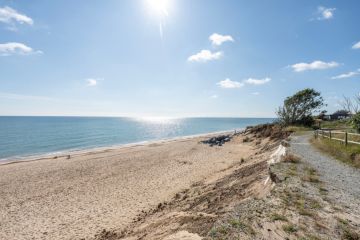What you need to know before taking a chance on the resource rich investment hotspots

Some people make big money by investing in residential property at the right time in the booming resource-rich regions.
Others lose their shirts.
Buyers’ agent Lloyd Edge knows both fortunes first hand.
“A long time ago, I bought property in Blackwater in the coal mining area of Central Queensland,” he said.
“Those resource areas generally have higher rental yields, and capital growth can happen very quickly and suddenly.”
“But if the industry slows down, or closes down, then house prices can fall overnight, people move out, rental income drops, and it can be difficult to find tenants. I learnt that the hard way!”
In the good times, however, there’s still the seductive promise of great riches.
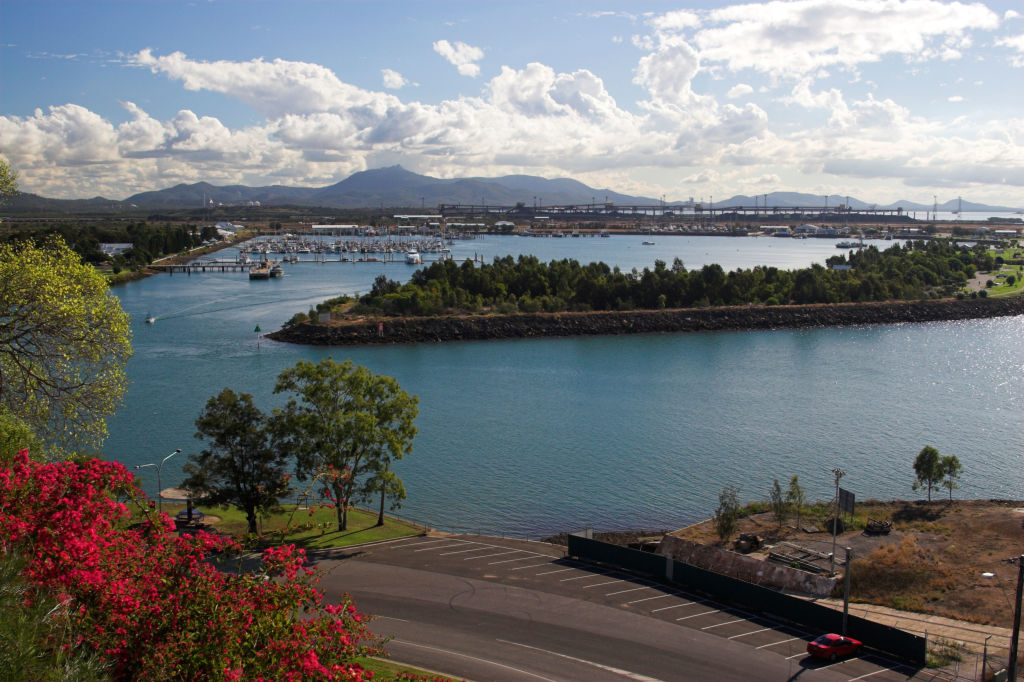
In the Western Australian iron ore port of Port Hedland last year, for instance, the median house price soared by an astounding 30.4 per cent, the annual Domain House Report found.
 Record price gaps between house and unit prices are driving buyers towards the apartment life
Record price gaps between house and unit prices are driving buyers towards the apartment life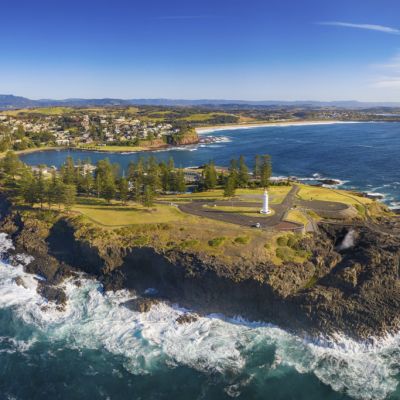 Investing in regional NSW: why now is the time you should consider taking a chance on the coast and country hotspots
Investing in regional NSW: why now is the time you should consider taking a chance on the coast and country hotspots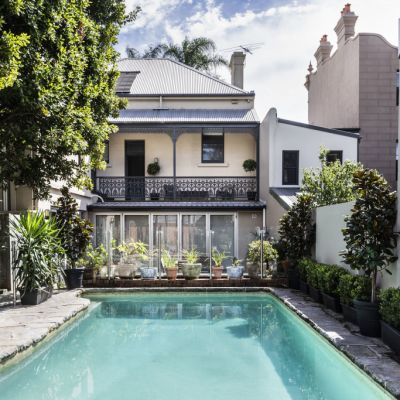 Take a look inside this Paddington Victorian terrace that was bought for $51,000 but now has a $8 million guide
Take a look inside this Paddington Victorian terrace that was bought for $51,000 but now has a $8 million guide
Meanwhile, in Queensland, property prices in the mining region of Isaac leapt by 19.8 per cent and in mining-related Gladstone by 13.6 per cent.
But Edge, director of Aus Property Professionals and author of the new book Positively Geared, urges caution.
“You need to watch the market carefully and know when to get out,” he says.
“You have to watch what the government is doing with the resources sector and research the town too.”
“Good signs are when infrastructure is going in and when there are other industries propping up the town too.”
That’s certainly the strength of Port Hedland, according to Danielle Mariu of agents Hedland First National.
As well as being a major iron ore producer, it’s also the largest tonnage port in the world, exporting cattle, gold, lithium and salt.
“So, the town’s not dependent on just one mining sector,” she said.
“Investing here can work well as you’ll be positively geared as a four-bedroom, two-bathroom house built in the past 10 years will bring in $800 to $1000 a week in rent, but the mortgage will cost you just half that.”
“But it’s obviously a volatile market. In 2012, we had the boom, and in 2013 the market crashed, and we lost 70-80 per cent on prices. We’ve now rebuilt and are going well.”
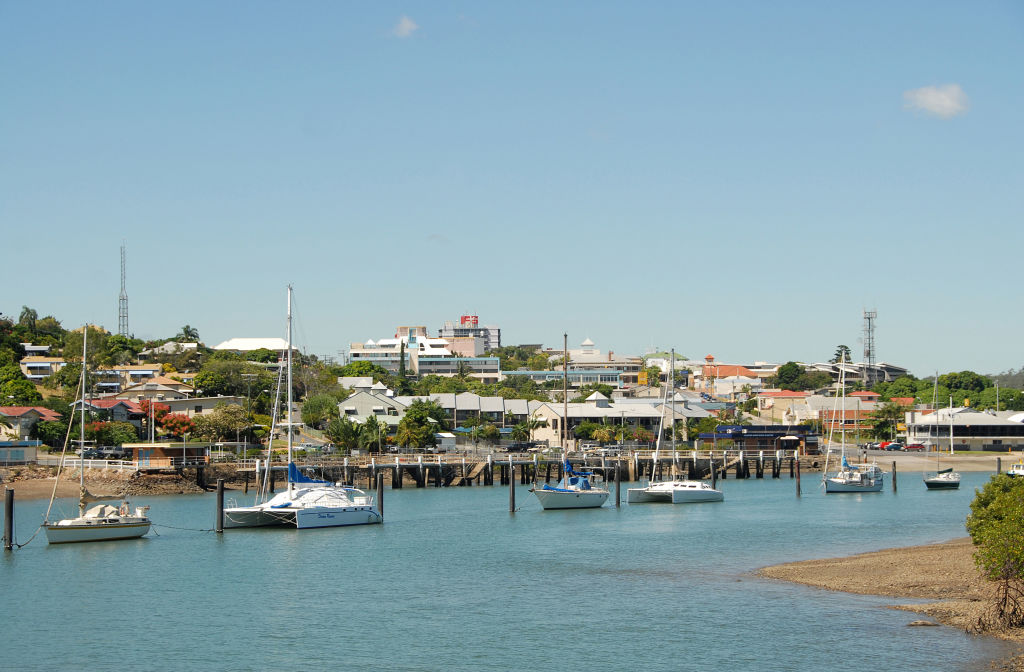
In strongly-performing Isaac, the coal town of Moranbah also looks a good prospect.
At the local Raine & Horne, agent Tabitha Camilleri says a house that cost $55,000 three years ago is now selling for $150,000.
“Property is going very strongly at the moment, COVID didn’t affect us, and a few new mines are opening up,” she said.
“But I have to be truthful. Nobody knows what’s going to happen tomorrow …”
In a perfect world, investors will buy when prices are low and sell when they’ve hit the top of the market, but no one can predict either, advises Angie Zigomanis, director of research and strategy at property advisors Charter Keck Cramer.
And once prices start tapering off, they can hit the bottom very quickly and hard.
“If everything goes well, you can make a lot of money,” he said.
“But if they go badly, you can lose your shirt. It can be a strategy fraught with risk, and you’re at the mercy of factors way beyond the normal market fundamentals.”
We recommend
States
Capital Cities
Capital Cities - Rentals
Popular Areas
Allhomes
More



